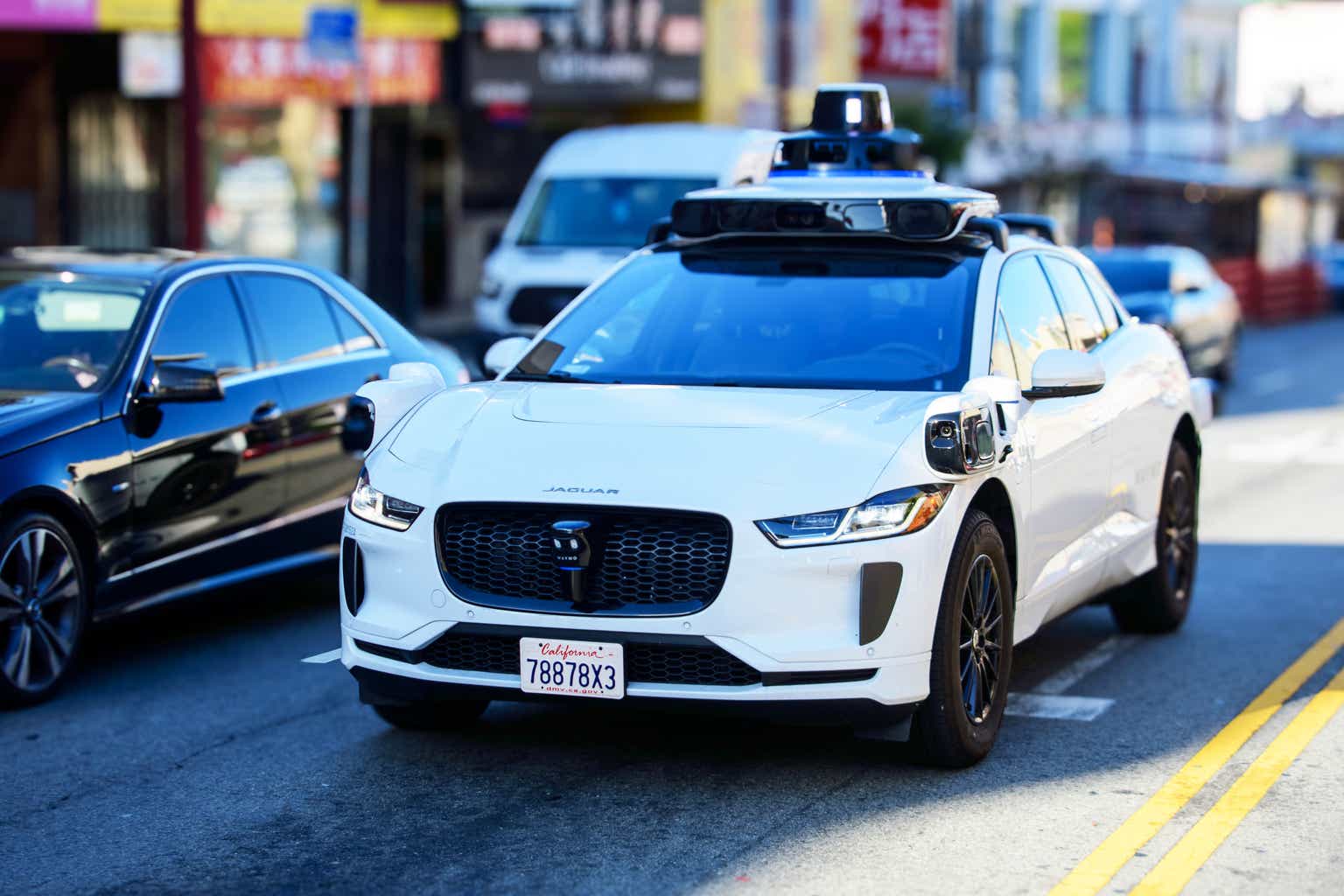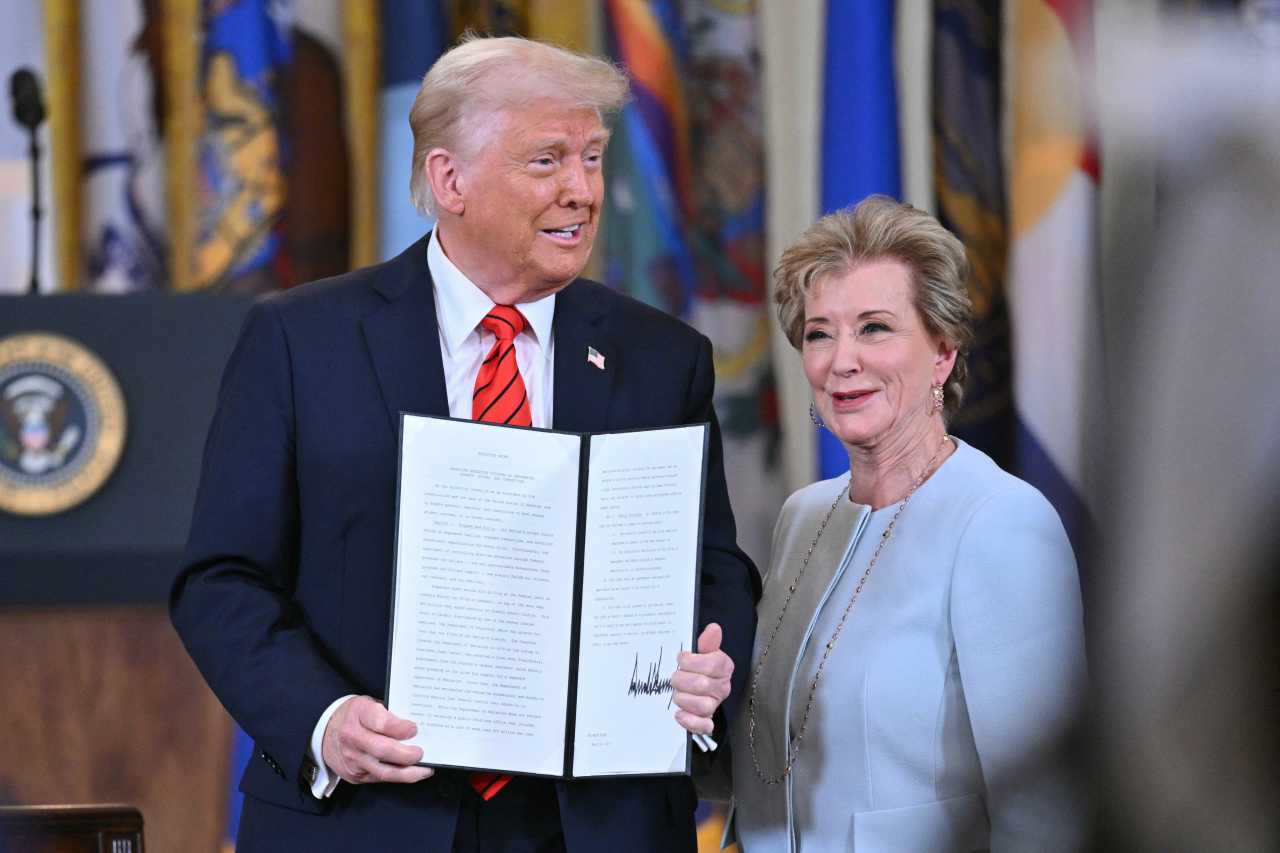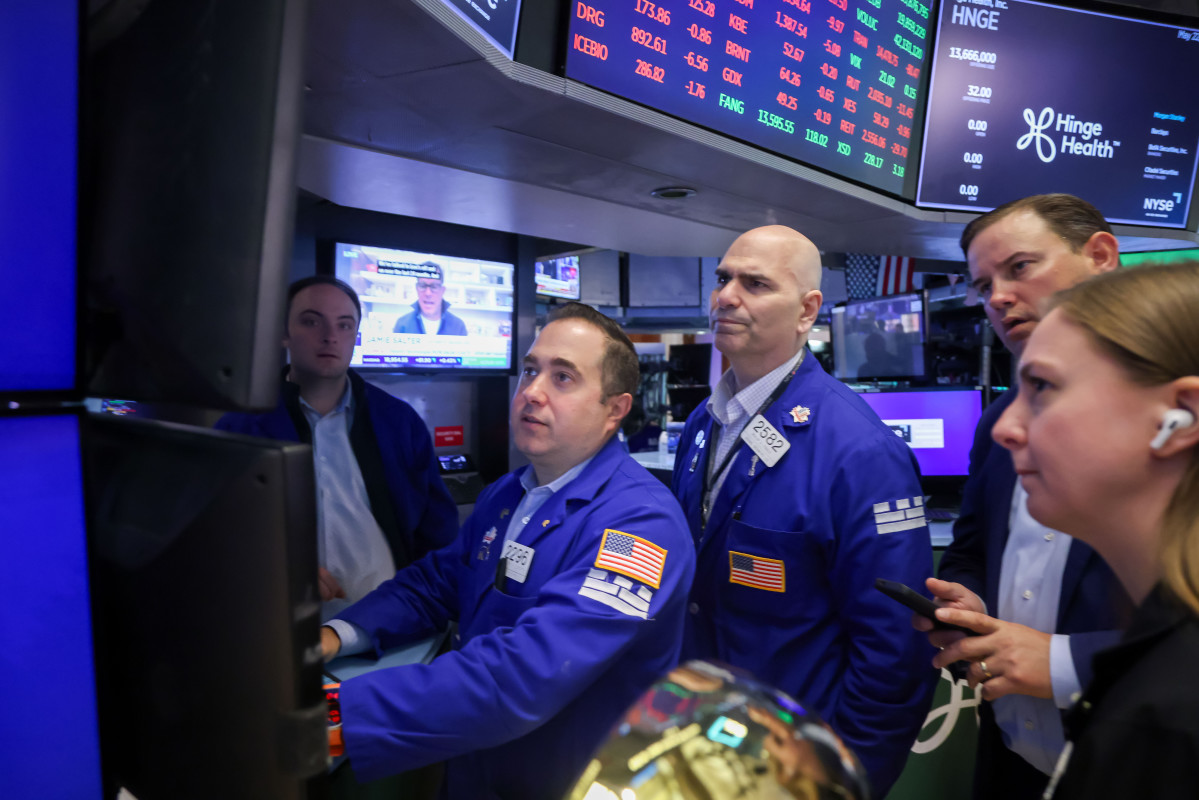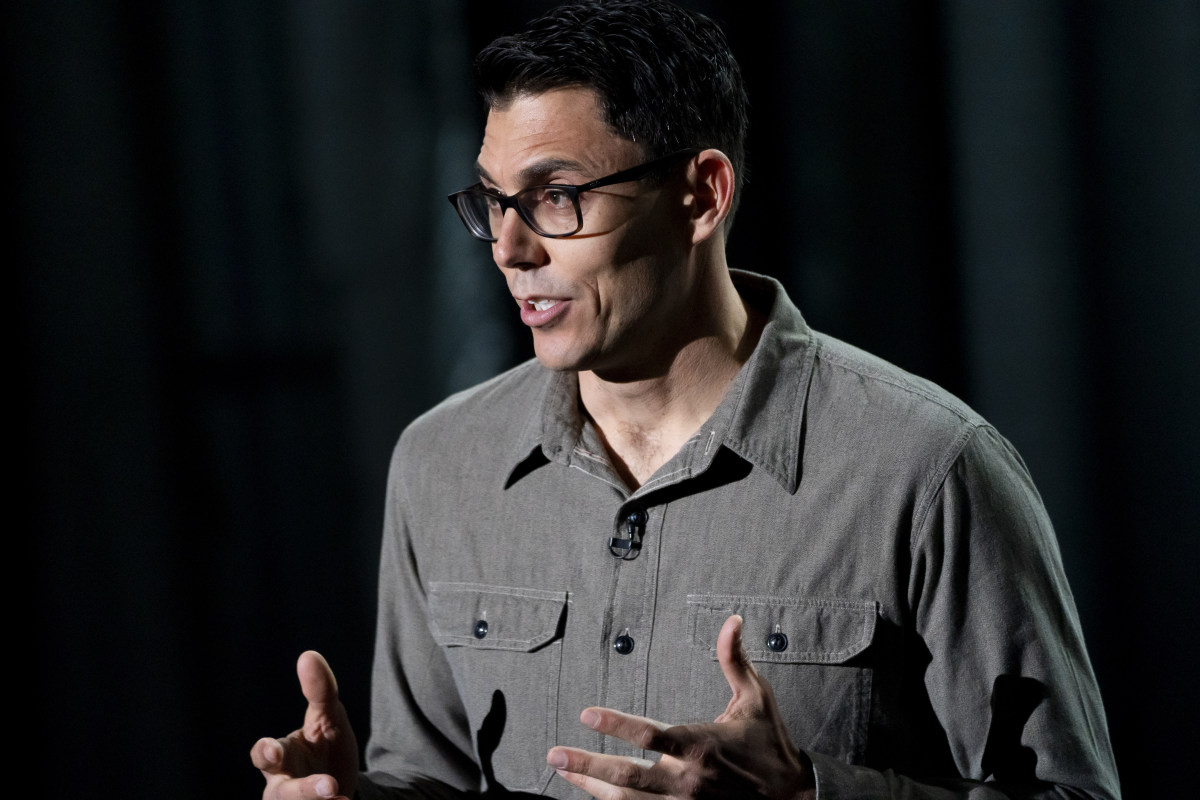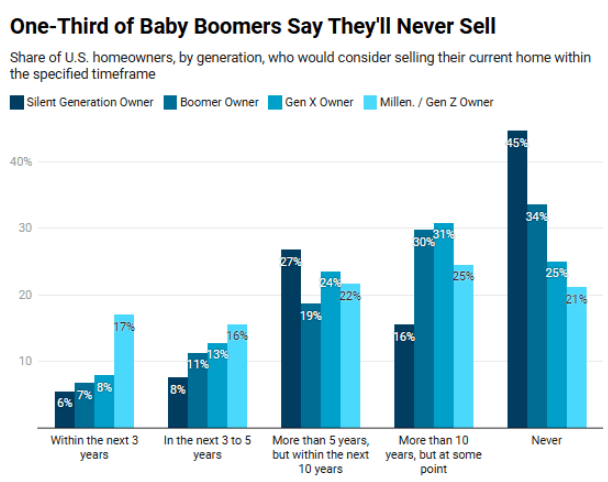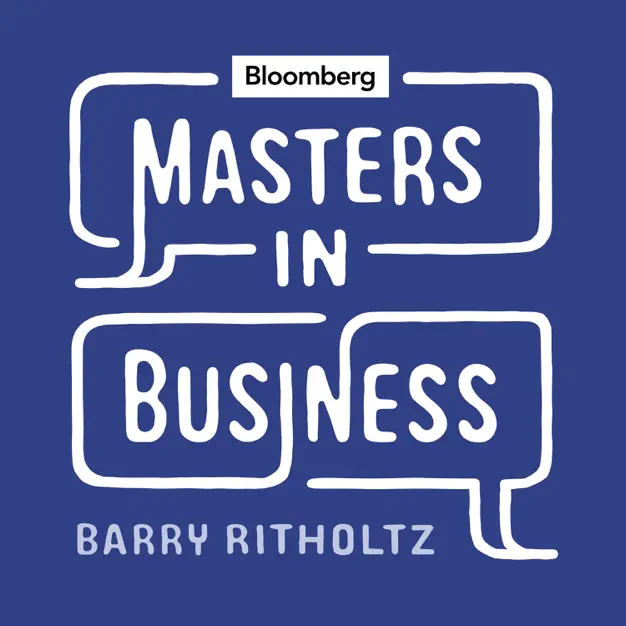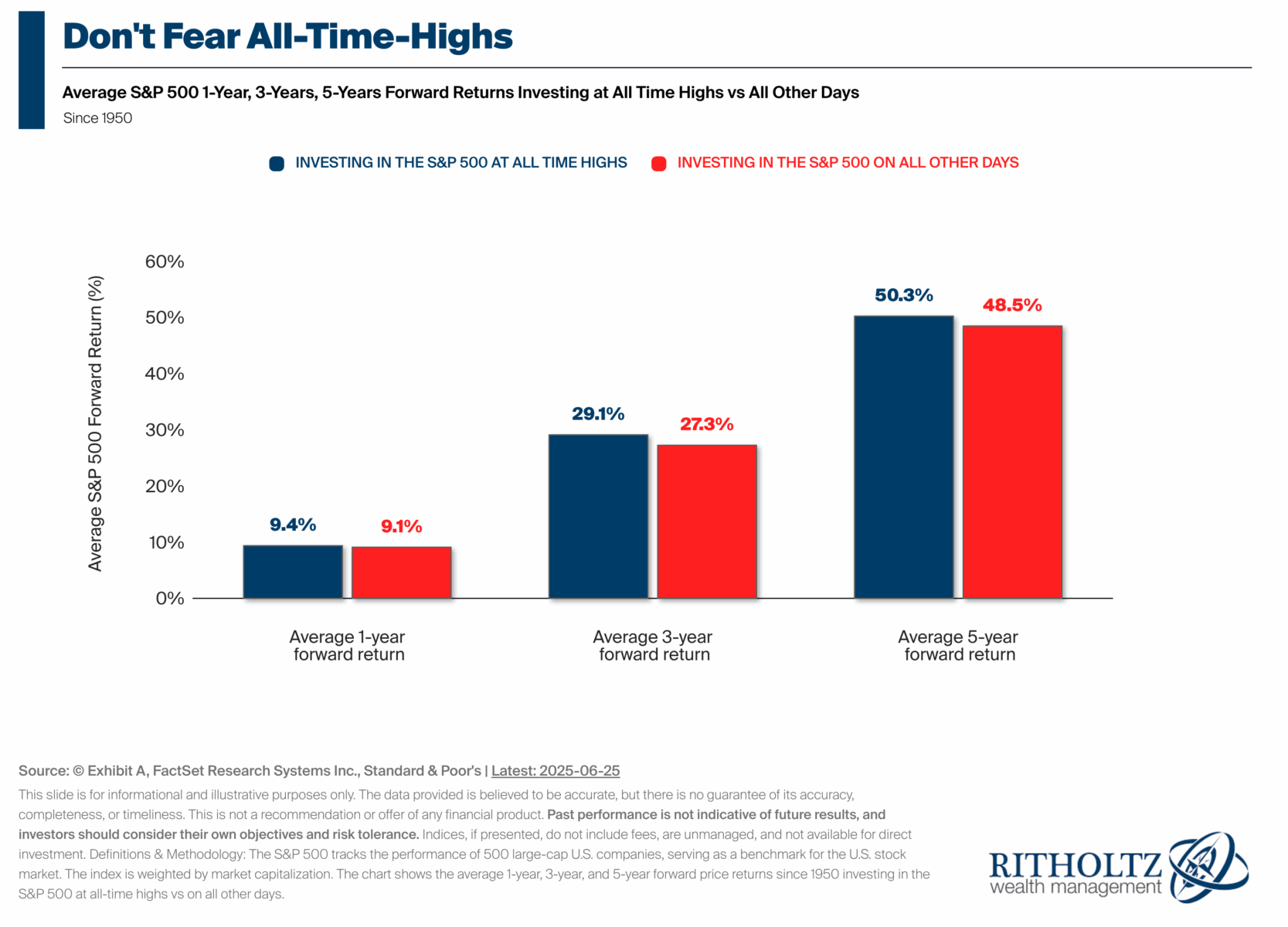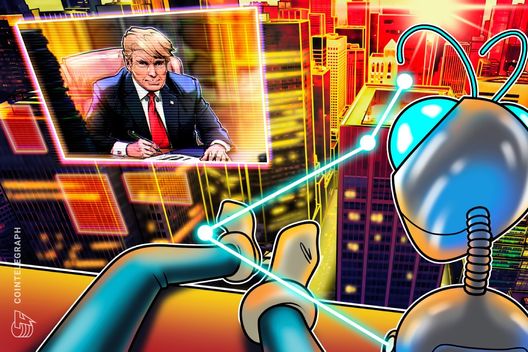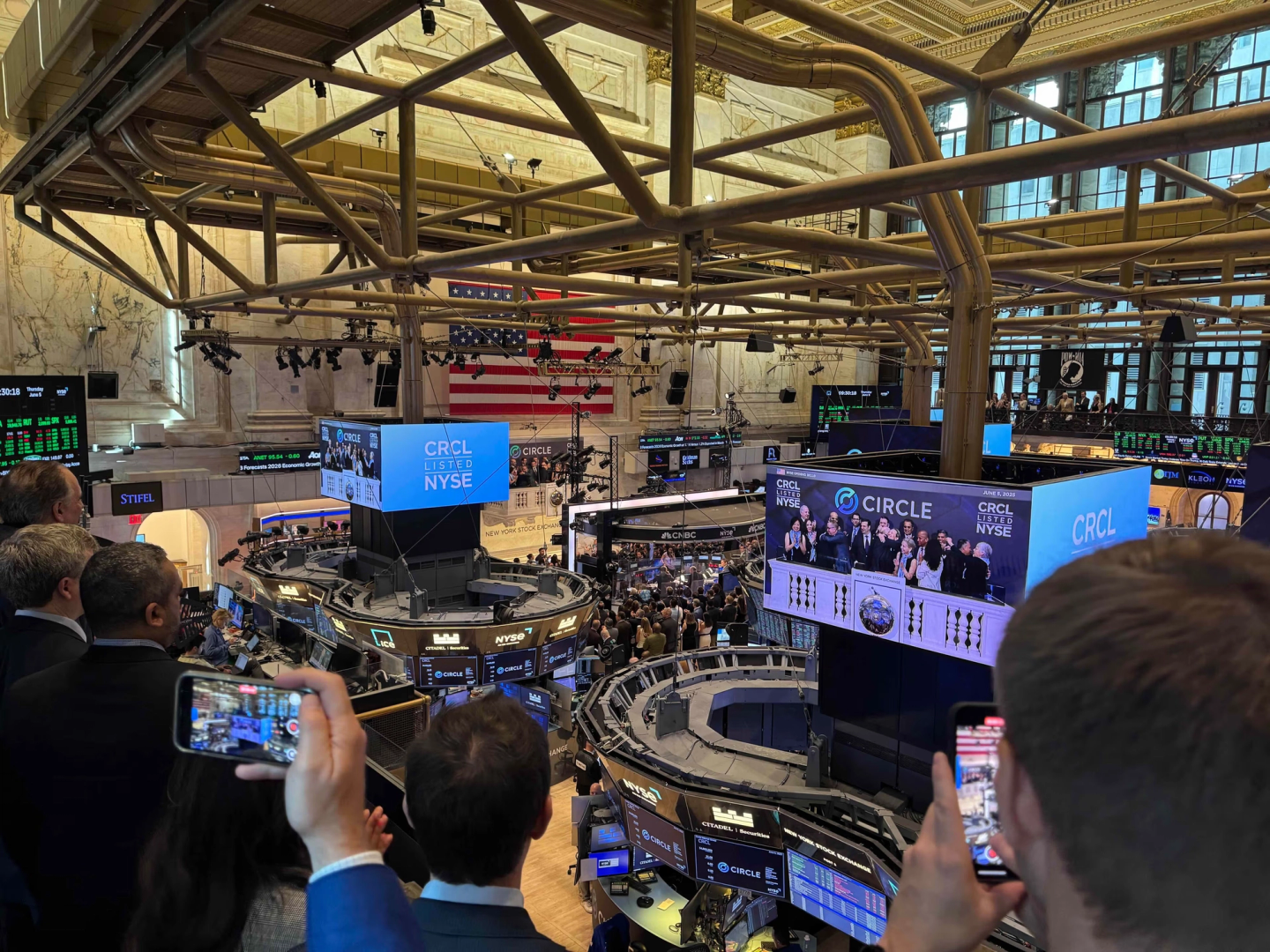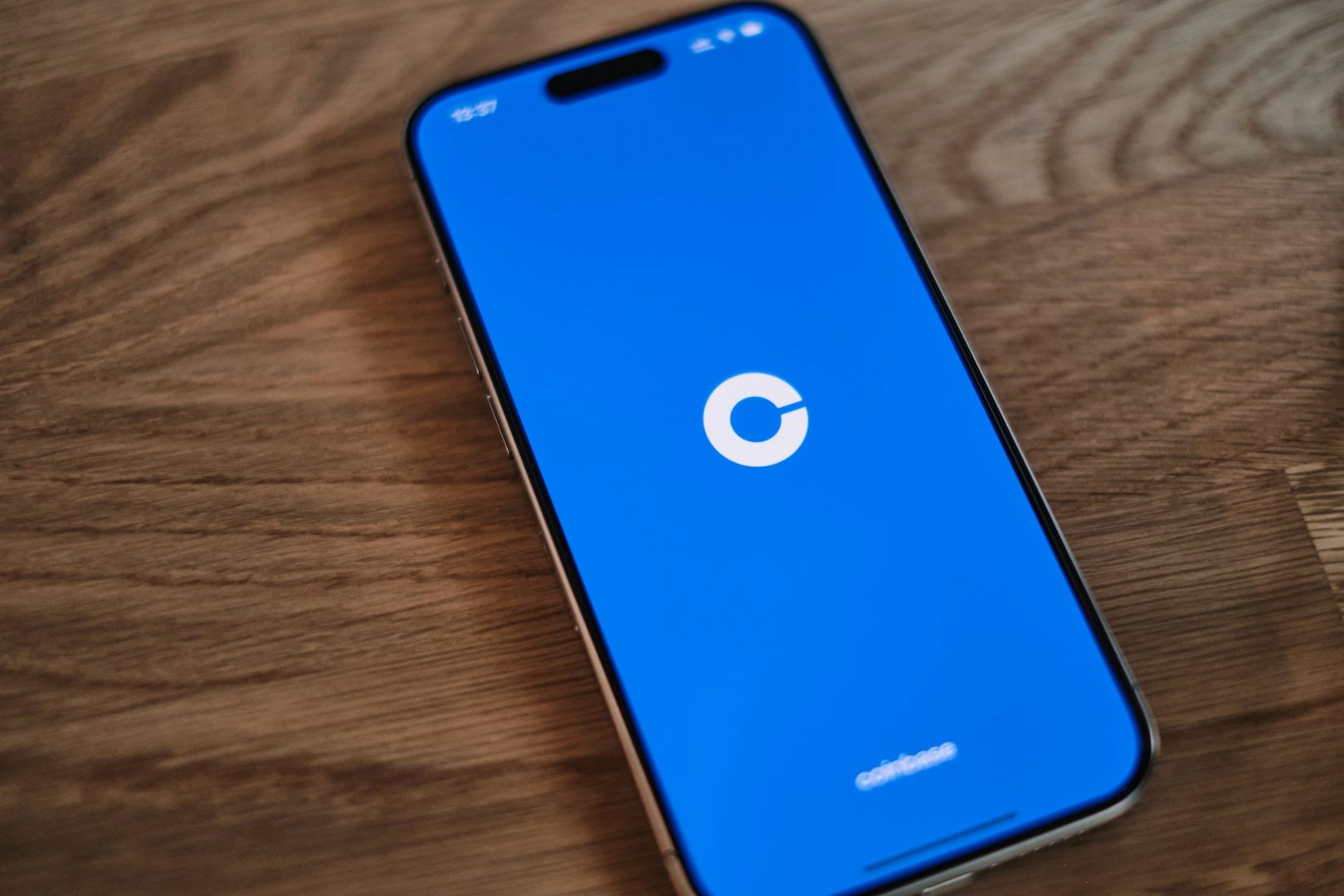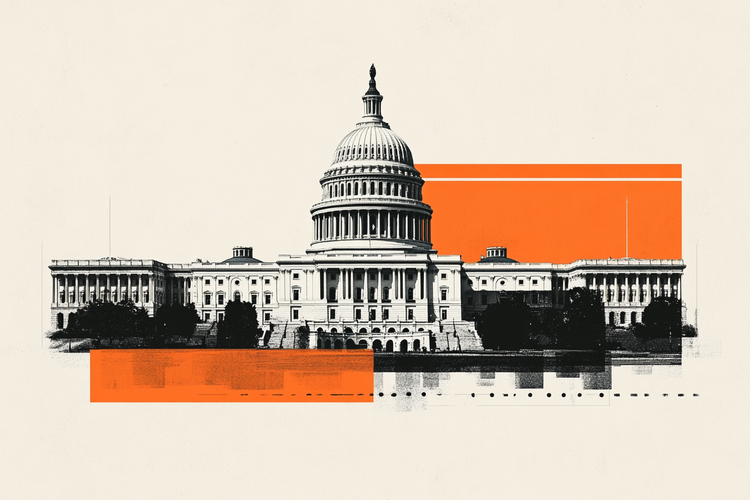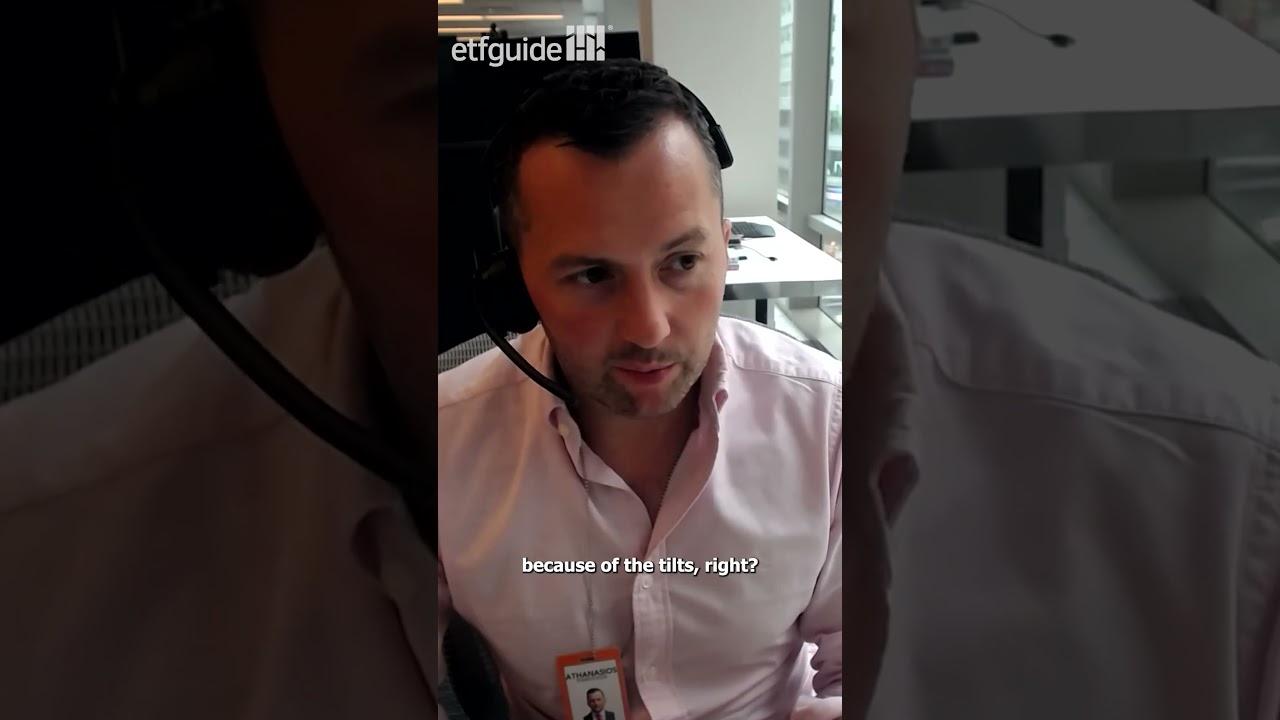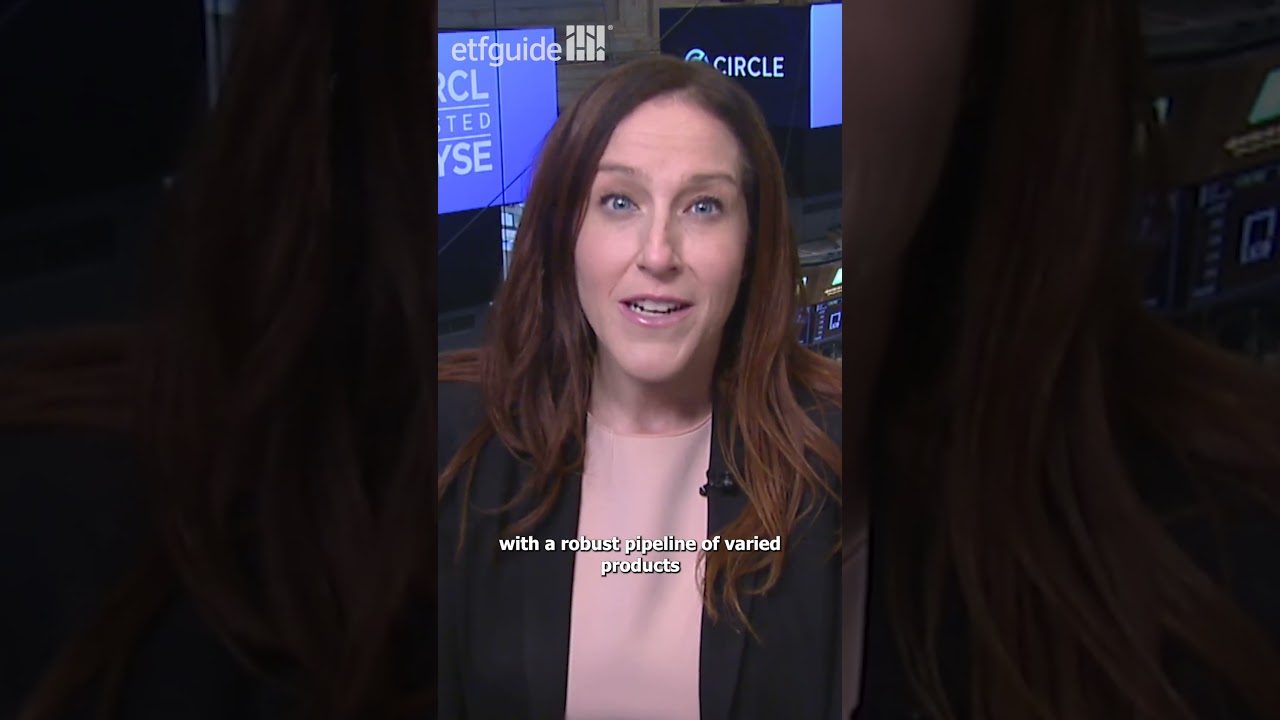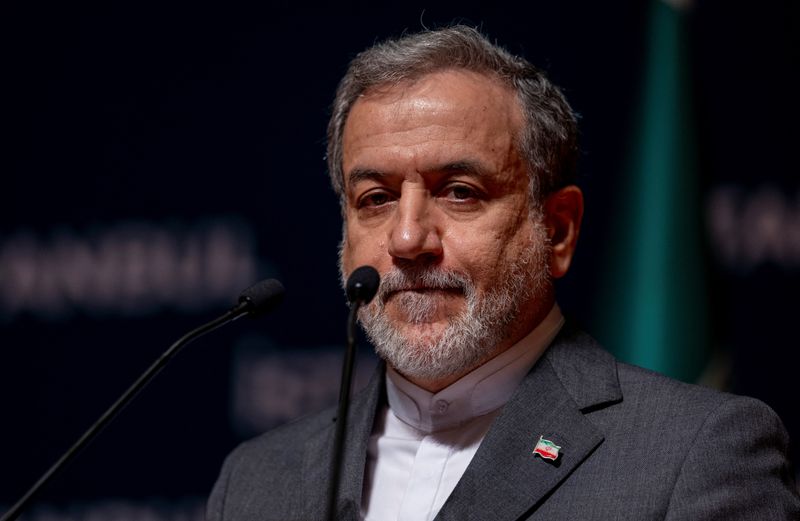I’ve led teams at Google, Glean, and GrowthLoop. Here’s why AI is making me a more human leader
Yes, AI lightens the load. But it also shifts the leadership posture from strained to strategic, and from scattered to present.

A couple of weeks ago, Fortune reported that nearly half of tech executives are already deploying agentic AI in the workplace. When I read that, my first reaction was: What’s the other half waiting for? In an era where generative AI and autonomous agents are rapidly redefining how work gets done, hesitation is the new risk.
Salesforce’s Andy Valenzuela recently said, “Every job should be rethought.” I agree, and I’d start with my own.
For more than two decades, I’ve led teams through waves of transformation. At Google, scaling operations across Canada; at Evernote, steering a turnaround; at Glean, helping launch an AI-native workplace assistant; and now, at GrowthLoop, navigating the next wave of AI-driven marketing. Each role has been shaped by intense velocity, evolving technology, and relentless expectations. But none have reshaped how I lead more than what’s happening now with AI.
I once believed that effective leadership meant mastering the whirlwind: moving fast, switching contexts, and staying ahead of everything. Urgency, decisiveness, omniscience: These were the traits I clung to. But over the past year, something unexpected happened. As AI agents began integrating into my daily rhythm, not just as tools, but as collaborators, I found myself letting go of things I once saw as essential. In doing so, I uncovered space to lead.
This isn’t an essay about AI replacing people. It’s about how AI has helped me become more present, thoughtful, and yes—human—in how I lead.
The hustle era of leadership
Five or 10 years ago, I would’ve described great leadership in terms of output. Was I decisive? Responsive? Could I outwork everyone else?
On a typical day, I juggled 10 meetings, 30 Slack threads, and a to-do list that spilled into the weekend. Every moment was triage. I wore my busyness like a badge of honor. In retrospect, it wasn’t leadership. It was survival. I was reacting more than reflecting, which was efficient, but felt more robotic than human, if I’m being honest.
And then something shifted.
My inflection point with AI
Like many leaders, I started using AI for speed: summarizing dense reports, drafting emails, and synthesizing customer research. Initially, these were just practical shortcuts. But I quickly realized it was doing something else entirely: clearing the mental clutter.
When an AI agent condensed a 260-page trend report into digestible bullet points, I saved time and mental energy. When I used AI to personalize outreach to Fortune 500 contacts, it wasn’t just faster, it was more genuine because I had the time and capacity to be intentional with my tailored approach and think of something specific that might be of value to the person I was reaching out to.
That extra capacity is everything. I found myself doing things I’d put off for months: mentoring a team member, thinking deeply about product vision, and writing company updates that didn’t sound like an HR bot wrote them.
Scaling output and impact
Today, 60% to 70% of my day involves AI agents. I’ve offloaded status updates, document analysis, and first-pass messaging to machines. In return, I’ve reclaimed something I didn’t know I’d lost: space.
Space to think. To coach. To lead.
Instead of obsessing over every outreach detail or brute-forcing personalization, I rely on agents to surface relevance—pulling recent customer activity, key project updates, even internal sentiment—all before I ask. That shift has made me more thoughtful, more focused, and, unexpectedly, more available.
A teammate at GrowthLoop recently said, “You’re asking bigger questions, not just quicker ones.” That comment stuck with me. It captured what I’d been feeling but hadn’t articulated: I was showing up differently. I wasn’t in a reactive mode, but in a reflective mode.
That’s the real power of AI. Not what it removes, but what it restores. Yes, it lightens the load. But it also shifts the leadership posture from strained to strategic, and from scattered to present.
The human return on automation
The real ROI of AI isn’t just measured in saved hours. It’s measured in sharper thinking, richer conversations, and better decisions.
Recently, I sent a personalized outreach note to a high-profile contact—a former editor who once played hockey with a famous politician. An AI agent helped me craft a message that recalled that specific anecdote about the hockey match in a way that felt real and relevant. I never would’ve pulled that off in the middle of my usual whirlwind. But that’s where relationships, and opportunities, begin.
Rethinking leadership
We spend a lot of time debating which jobs AI will change or eliminate. But what about the job of leading? That role needs to be reimagined, too.
Old-school leadership was about control, predictability, and long-term plans. But control is an illusion, and long-term plans are probabilistic at best. AI moves faster than long-term planning. So must we.
That means leaders need to shift from directing to designing; from command-and-control to context-and-coach. In practice, that means you stop trying to dictate every decision and instead focus on creating the right environment for your team to thrive. You don’t need to have all the answers, but you do need to build systems, processes, and cultural norms that help your teams make good decisions without constant oversight.
Soon, every employee will manage a fleet of AI agents. In a sense, that turns every employee into a leader responsible for setting clear goals, providing good feedback, and delegating well to drive outcomes through these tools. Our role as executives is to equip them for that reality. That starts now: invest in training, set clear decision-making principles, and redesign workflows to integrate AI effectively. The sooner we create those conditions, the faster our teams (and their AI counterparts) will deliver at scale.
A call to reimagine, not retreat
If you’re a founder or exec still trying to control everything, my advice is simple: stop. You can’t scale yourself. But you can scale your impact if you embrace AI, the power of your team, and your own humanity.
Start small. Pick one task you dread, like status updates, research, or inbox triage, and hand it off to an agent. Then take the time you’ve reclaimed to do something no machine can: Give a teammate honest feedback, listen to a frustrated customer, or write a thank-you note.
Those are the moments where leadership lives. AI can’t replace them, but it can help make room for them.
So yes, I believe every job should be rethought. But let’s begin with ours.
The opinions expressed in Fortune.com commentary pieces are solely the views of their authors and do not necessarily reflect the opinions and beliefs of Fortune.
Read more:
- Informatica CEO: How to future-proof your career in the age of AI
- How to lead when machines can do everything (except be human)
- Why despite all the AI upheaval, there’s never been a better time to be human
- ‘AI rollup’ investors are wrong: AI-enabled services firms can’t trade at software multiples
This story was originally featured on Fortune.com











